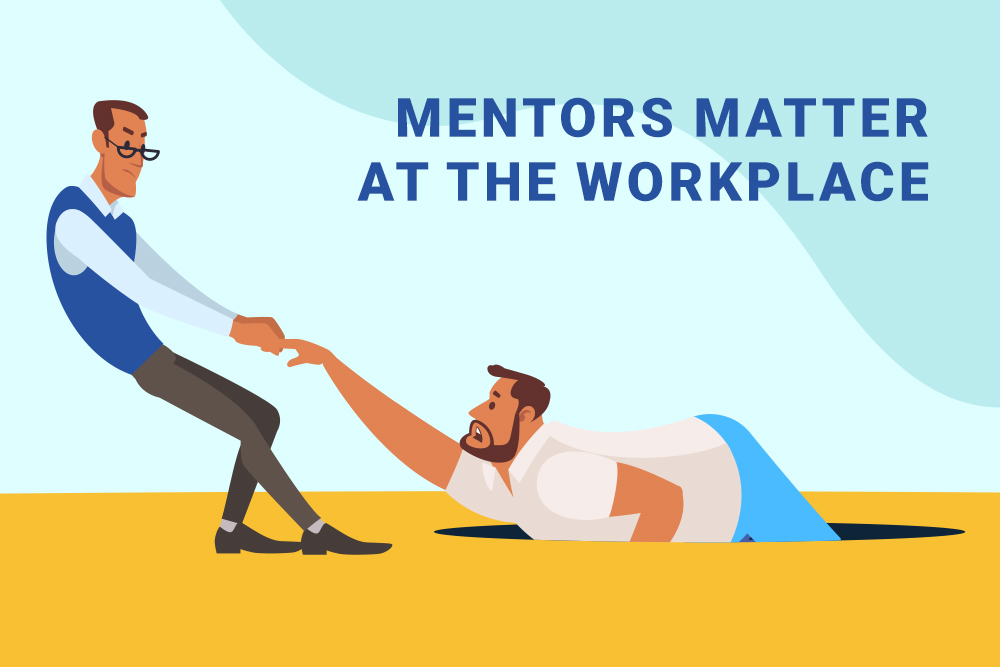You’re making an important presentation to the senior management. Naturally, you feel jittery since you want to impress them.
But the more you want to ace it, the more nervous you become.
Eventually, this causes you to flub your lines. Judging from senior management’s expressions, they are hardly impressed.
What would you do in the aftermath?
Beat yourself up for your failure, or accept that it’s time to improve on your weak presentation skills?
Given that we live in a results-driven society in Singapore, it is generally instinctive to start berating ourselves after a failure and be ashamed of our weaknesses.
Our strong social comparison culture and need to maintain “face”, also makes us overemphasise the importance of how others perceive us.
“These two factors cause us to cover up any potential signs of weaknesses, so we may be seen in a better light,” explained Mr Jonathan Kuek, a mental health researcher based in Singapore.
In evolutionary times, our weaknesses had a specific purpose: to ensure the survival of our species.
Mr Kuek added: “Our weaknesses served as an alarm or warning of sorts, that we may not be adequately suited to thrive in certain circumstances.”
“However, as we evolved, this function became less salient. In modern times, our weaknesses provide us with a map on personal development and growth, helping us achieve a better version of ourselves.”
For instance, our weaknesses could act as a driving force to motivate us to change something we are unhappy with.
Or they could teach us to embrace them, as part of who we are, and work around them.
Mr Kuek elaborated that accepting our weaknesses can be liberating as it provides a sense of relief from fixating on what we are unwilling or unable to change easily.
It could also lead to greater self-awareness and personal development as we learn new skills or take on new experiences.
On the other hand, not accepting our weaknesses can encourage toxic positivity, where we focus excessively on good emotions and undervalue bad ones.
“This, in turn, leads to a situation whereby we may start ignoring negative feedback about our potential weaknesses, blind spots, or less favourable characteristics,” Mr Kuek shared.
So, what is the best way to manage our weaknesses?
The answer may lie in learning how to own and manage them, so they can help rather than hinder us at work.
Here are some methods to consider:

1. Acknowledge your imperfections
This is a fundamental step, simply because you must first have the self-awareness for the need to change.
Instead of shunning your flaws, recognise and embrace them, so you can take control of them instead of the other way around.
So for instance, if you acknowledge you’re not good at public speaking, it’s an opportunity to learn how to get better at it, and perhaps enrol for a public speaking course such as the ones on the SkillsFuture website.
Keep updated on all the latest workshops, career tips, and job listings on our Telegram channel!
Similarly, if you are aware that your temper is an issue, practise deep-breathing exercises or do yoga to calm your nerves, and remember to count to five before reacting.
2. Have a growth mindset
According to Mr Kuek, adopting a growth mindset can help us work on our flaws.
A growth mindset is where people believe that they can develop any talent over time. They focus all their energies on learning how to get better.
A fixed mindset, on the other hand, leads us to think our talents are cast in stone and there is no way we can improve.
It also makes us less likely to work hard, persevere in the face of adversity, and accept constructive feedback — behaviours that hinder our growth.

3. Consult a mentor
Many of us can attest to the importance of mentors in our workplace.
A good mentor steers us away from common pitfalls and guides us closer to our career goals. They can play a key role in helping us identify our weaknesses and figure out how to turn our weaknesses into strengths.
It pays to put our egos aside, and seek their advice in pointing out our shortcomings so we can work on them.
4. Reframe the negative
Health Promotion Board’s Health Hub portal recommends reframing your negative traits into positive ones.
You can do this by focusing on the positive side of your weaknesses. Yes, every negative trait has a positive side!
For instance, if you believe bluntness is one of your weaknesses, think of it this way — you say what you mean and you get to the point.

5. Keep an open mind
Lastly, Mr Kuek suggests to “keep an open mind when weaknesses are raised to your attention. Evaluate the points shared and determine if it is an issue you feel needs to be addressed.”
Ultimately, having weaknesses doesn’t mean you are a failure… no one is perfect! However, it’s crucial to find constructive ways to deal with them instead of sweeping them under the carpet.
It may seem like an insurmountable task at first, but every little step you take adds up.
One day, you will look back and be impressed by your progression.















